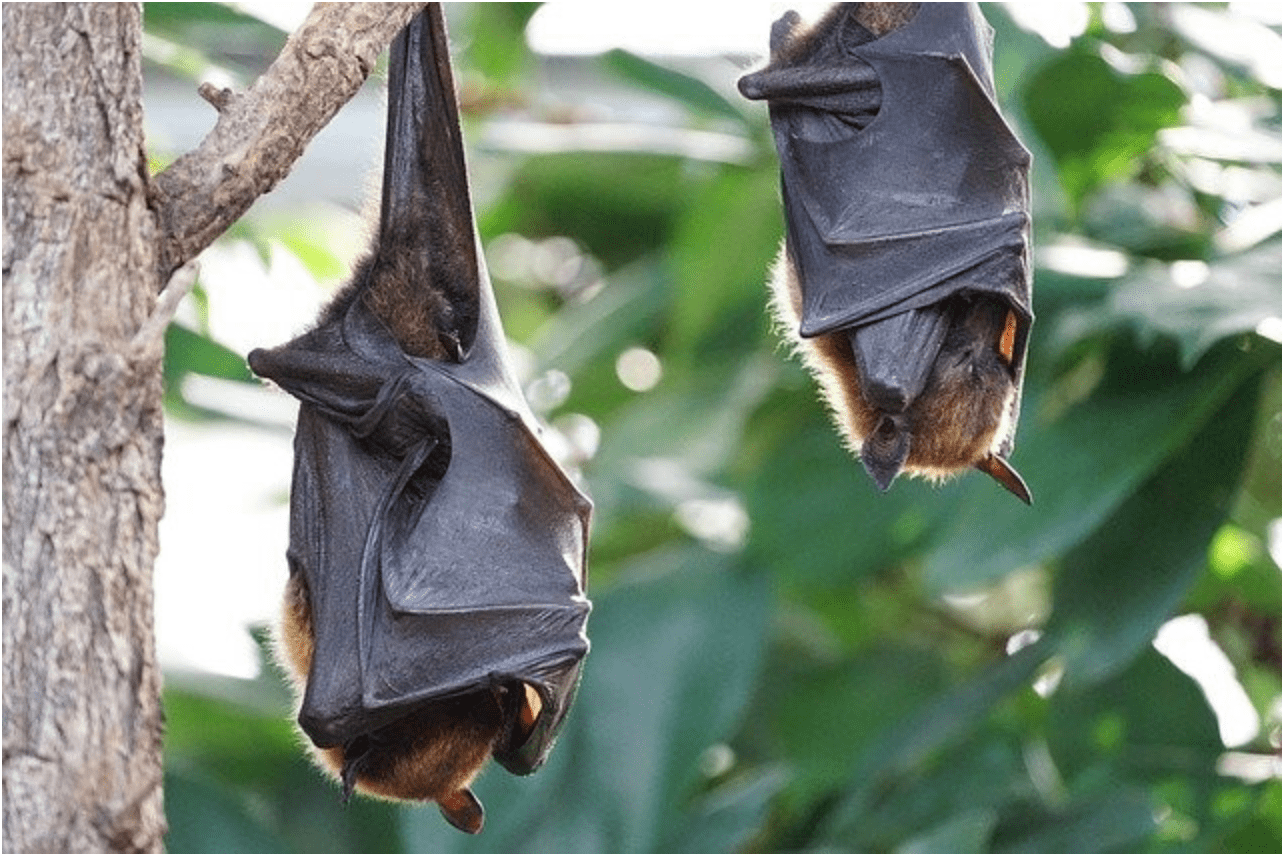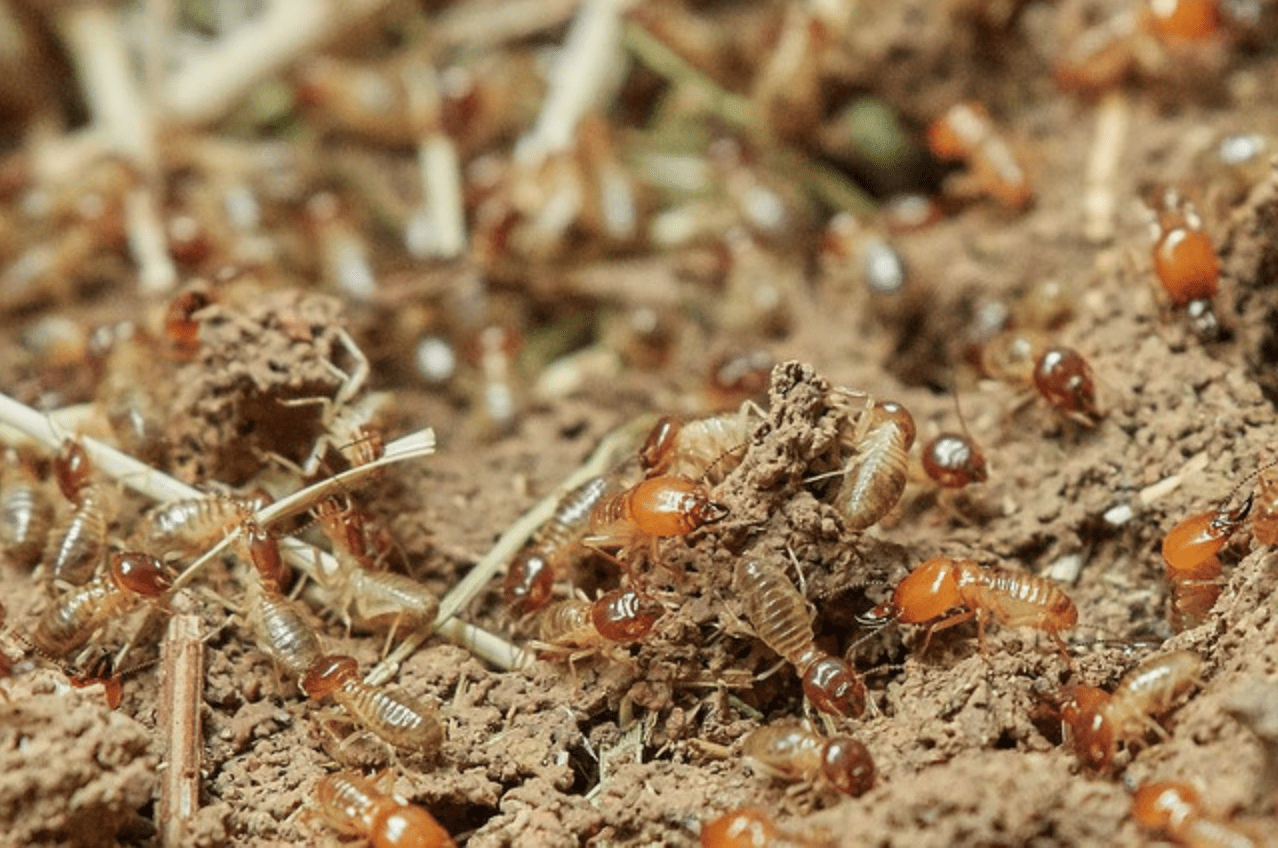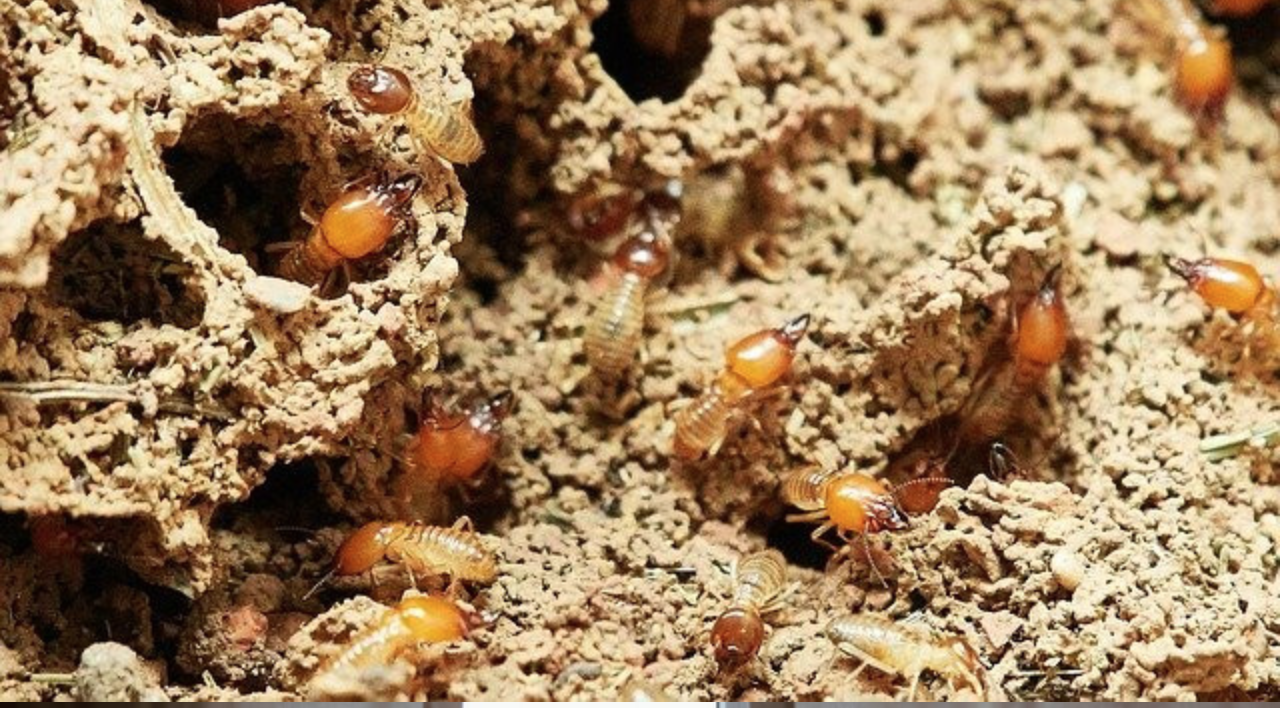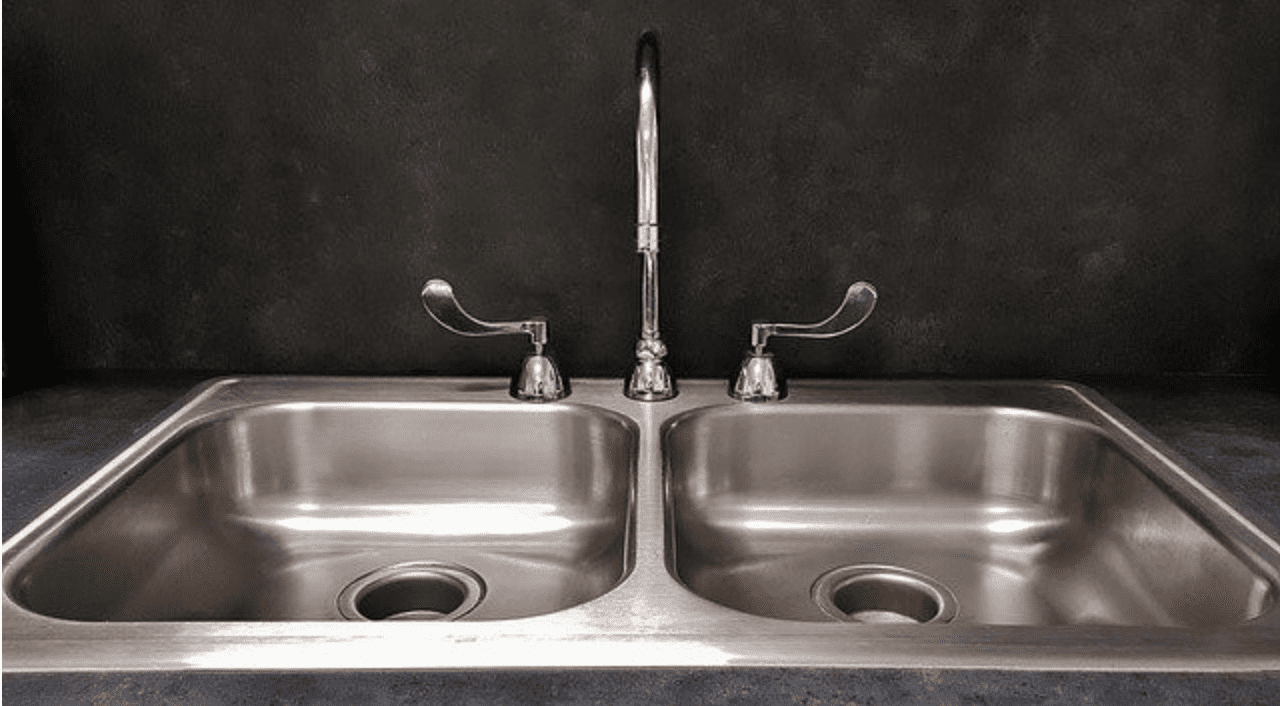Mosquitoes can ruin your outdoor plans in the summer. Some of them are active all day long, so naturally, people want to get rid of them. Pesticides can be problematic because they kill all kinds of insects, including those that are beneficial.
Bats are a natural predator of mosquitoes, and they eat about half their weight in insects each night. Having a bat house with mosquito-eating bats, such as the little brown bat, can help reduce the number of mosquitoes around your home. The problem is that bats don’t eat mosquitoes exclusively, so bats alone will not fully eliminate your mosquito problem.
A few weeks ago, one of our neighbors bought a bat house to try to control the mosquito issue around her house. That piqued my curiosity because we also want to get rid of mosquitoes around our house, and ideally without pesticides. So, I researched the topic and this is what I learned.
What Is a Bat House?
A bat house is a man-made structure that bats can use as a secured alternative roosting habitat.
Most bats like to roost in secured places; the narrow space between a dead tree’s loose bark and the trunk is a favorite spot for many bats. A well-built bat house should try to mimic this environment. Bat houses should have narrow spaces and a rough surface inside so the bats can claw up to get in for the day and not slip and fall.
Unlike birds, bats are mammals and don’t need much space because they don’t build nests, so they don’t need anything inside the bat house.
Bat Houses Help With Mosquitoes Only To A Point
Research shows that bats can help reduce the number of mosquitoes around your house, but they will not eliminate them all by themselves.
Bats are a natural predator of mosquitoes, but eating only mosquitoes is not efficient or smart for bats. Essentially mosquitoes are very small, so a bat would need to eat thousands of mosquitoes a day to get the nutrition it needs.
Just imagine a person eating beans or rice grains one at a time instead of a bowl of soup. Bats simply want to get a decent meal for their effort.
A study of little brown bats completed in central Alaska concluded that only 1.8% of the bats’ diet included mosquitoes. The study shows that given the choice, bats would prefer eating moths (71.1%) and spiders (16.8%).
Some bats don’t eat mosquitoes at all, such as the fruit bats, but the little brown bat, which is common in North America, does. However, as mentioned, they don’t eat mosquitoes exclusively.
So, you may be wondering what is the point of getting bats then?
It’s not all about controlling mosquitoes. Don’t forget that if you get bats, they will eat things that you probably don’t want around your house, like moths, spiders, ants, flies, and crickets.
Most importantly, by putting up a bat house, you can support bat conservation because you would be providing an additional secure roost site for bats.
There Is No Known Way To Attract Bats
If you have decided to put up a bat house, you probably want to find out if you can use something to attract them to your bat house. You can find bat guano, scents, and other so-called bat attractants for sale.
But do they work?
In this video from Habitat for Bats, Robert makes a strong point that there are no known bat attractors, and anyone trying to sell you one is basically taking your money.
But there are certain things you can do to increase the chances that bats come to your bat house.
Get or Build an Adequate Bat House
There are some basic requirements a bat house needs to meet to be considered an acceptable ‘residence’ for bats.
According to this bat house building guide from Bat Conservation International, the bat house should be:
House Dimensions
- At least 24” tall
- 13 – 14” wide
- 3” – 4” deep
Important Considerations
- Inside should have horizontal grooves at least every 1⁄4” to 1⁄2” apart OR attach polyethylene plastic mesh with exterior staples all the way up the front and back on the inside of the house to ensure bats can hang comfortably.
- Opening at the bottom of the house should be about 3⁄4” to 1” wide to prevent predators from entering.
- Use 2” width sides and a 1” strip of wood (predator guard) attached to the lower front panel to create the small opening.
- Landing area should be at least 4”.
If you are into DIY, this video from Specific Love Creations demonstrates how to build a simple bat house. He doesn’t exactly follow the instructions in the bat house building guide above, but it is a good example of how you can create an acceptable bat house.
Location Is Very Important
After you purchase or build your bat house, you need to find a good location for it. These are important things to consider before putting up your bat house.
- Don’t place your bat house in a tree because predators can get in there very easily.
- You need to place the bat house up at least 15 feet above the ground because bats have to drop down before they can fly.
- Bats prefer temperatures that are between 85 and 100 degrees Fahrenheit, so you should place the bat house where it will get the sun throughout the day.
Some people put them up on a pole, while others put them under the eves of their house roof.
Finally, if you want your bat house to attract bats, you should make sure that it stays free of other critters, such as bees. Also, make sure that it will protect the bats from bad weather and wind.
You will know that the bats are using it when their droppings are scattered on the ground below.
This video from Bat Conservation International goes over additional advice, including location tips.
What Other Predators Eat Mosquitoes?
In addition to bats, Purple Martin and Barn Swallows also eat mosquitoes, but just like bats, mosquitoes are not their main diet.
Other natural predators include dragonflies, fish, and frogs. They all need a water source, but mosquitoes will be most prevalent near a water source. If you have a pond, you may want to have fish, frogs, and even turtles to help cut down on mosquitoes.
You may also want to try to minimize anything that attracts mosquitoes and allows them to breed. If you have still standing water, either get rid of it or replace it regularly. Also, ensure that your lawn and your other greenery are neat and cut short and if you have areas where water puddles, look into grading or draining.
This will help to make sure that you are not providing a habitat for the mosquitoes.
Final Words
Bat houses can help with mosquito control, but they won’t do the trick on your own. You need to make sure that you invite a number of different mosquito predators and minimize the mosquito-friendly aspects of your yard at the same time.
Related Posts:




